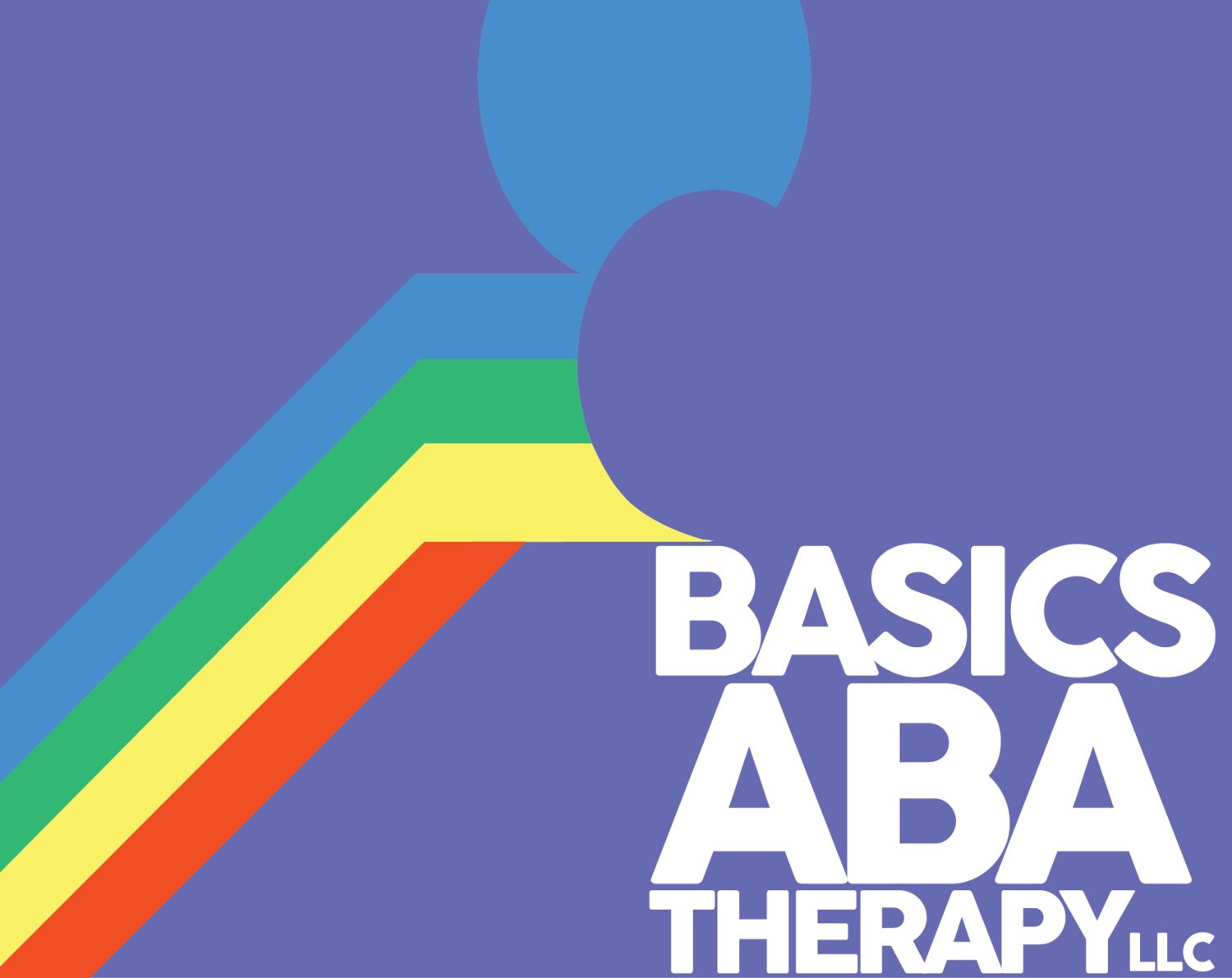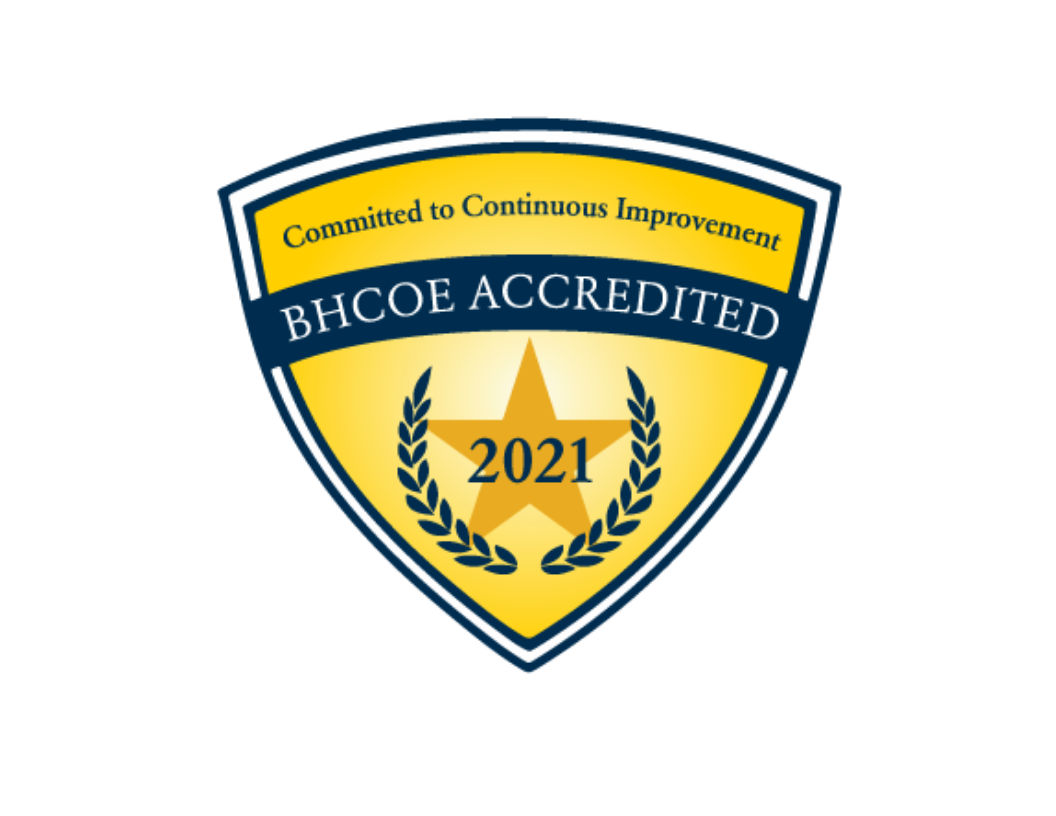One of the most unique aspects of our jobs is that we don’t have a typical office setting. Our times are spent with the kiddos during their natural environment. This means that we’re mostly at the client’s home, in the community, or at their school. We typically will interact with a variety of people that we are not working with directly. When we see our clients at their school, the chance of us interacting with other people that aren’t our client also drastically increases. It is important to not only think about how clients interact with the space, but also how we interact with the space as clinicians. In order to have successful sessions with our clients at their schools, here are some tips/strategies that may help:
Be aware of your surroundings:
When we’re at the client’s home, there are typically less people vs. when we’re at a school. So it is important that we are mindful of other staff members or children sharing the space with us. We have to remember that we are in a community setting, and whatever happens during our session may directly affect other people in the same area as well. Being mindful about where we leave our stuff, where in the room we are working in, and how we utilize the space is key.
Be mindful of the teacher’s space:
This is something that I had to learn first hand even after about 7 years of working with children. Not every teacher will be comfortable with us being there. This is because the teacher may not fully know who we are and what exactly our role with the client is. A good portion of the time, our communications with the school is through a care coordinator or an admin person. So the teacher may not know who we are or haven’t gotten much details. This is why I like to think of myself as a guest in a classroom. Remember that it is always better to ask the teacher first. For example, if we need to utilize markers or paper, we should be asking the teacher or aide before getting them. We should also be mindful about whether or not the teacher is busy since they may be in the middle of a lesson. You may also need to refer the teacher to the supervisor since they may have other questions. When in doubt, refer to your supervisor and follow the directions of the teacher. Since we are in their space, we want to be as non-invasive as possible.
Teachers are in charge of the classroom and the student you’re working with:
Even though we are hired to work with a single student, we have to remember that we are still in a space that belongs to someone else. Whoever is in charge is responsible for every single student in the classroom, and that includes our client. That’s why it is important to follow the rules of the school and the classroom. There may be times when the directions of the classroom teacher may interfere with a behavior that we are working on or goes against the plan for the student. Depending on the situation, correcting a teacher at this moment might negatively affect our relationship with them. For moments like this, I suggest you reach out to your supervisor and explain the situation, so they can follow up with the teacher. One of our goals when we’re at school is to ensure that teachers and aides are able to replicate our work in order to provide the most consistent behavior intervention for the student. So it is important for us to build that relationship with the teachers and provide them with resources at the correct time.
Be mindful of other students:
We have to consider other students as part of the setting that we are working in. This is because our sessions can affect the environment in many ways. For example, we don’t want to hand our client a set of drums in the middle of a math lesson while there are other children around. One of my more vivid memories is when I first started working with a child at his preschool. There were other children there and in order to work on social interaction goals with my client, I decided to set up a game of tag and encourage my student to ask his friends to play. This is great because I was promoting that natural environment interaction for my client. However, I quickly realized that other kids were getting upset because they were “it.” So next thing I knew, I was managing behaviors of 5 different kids along with my client. Now, I’m not saying that you should never talk to other children that’s not your client. This is because during the right circumstances, your client’s peers may be a really good resource for promoting more learning and skills acquisition. For example, one of the children that I worked directly with had a few peers at his school that he enjoyed spending time with. By inviting them to engage with me and my client, I was able to provide a lot of positive interaction for my client. Based on my experience, I found that once you’re in the school setting for about a week, you’ll have a better idea of which peers are going to be more helpful during your sessions. However, remember we can’t force other children to “participate” or to help us run goals. Allow them to say no, if they want to, and don’t push if they are hesitant. You may be able to ask the teacher to help with finding peers for your student or get their thoughts on an activity that you’re planning. Always reach out to the supervisor as well for questions or clarifications.
Lastly, every classroom is different:
I know this is the most obvious piece of advice, but hear me out. After going to many schools and working with teachers in various settings, I realized that I automatically assumed every public school operated the exact same way. Even though the schools are in the same district, their operational processes, what they can tolerate, what’s allowed vs. what’s not, and teaching styles may be very different. Even the same school may have different rules for the school day and the aftercare. So we want to be mindful every time we step foot into a different classroom. It also relates to the adult’s personality as well. Some teachers may be super talkative and want to know what we’re doing, while others are more reserved. It is part of our job to maintain a cooperative environment while still promoting best practices and scientifically supported methods. Everyone involved in a child’s care is there to ensure that this kid gets the best experience that promotes the most learning, so this means that compromises will be made. In order to be successful at teaching skills, we want to ensure that everything is doable and understood by everyone in order to provide the most consistent approach.



